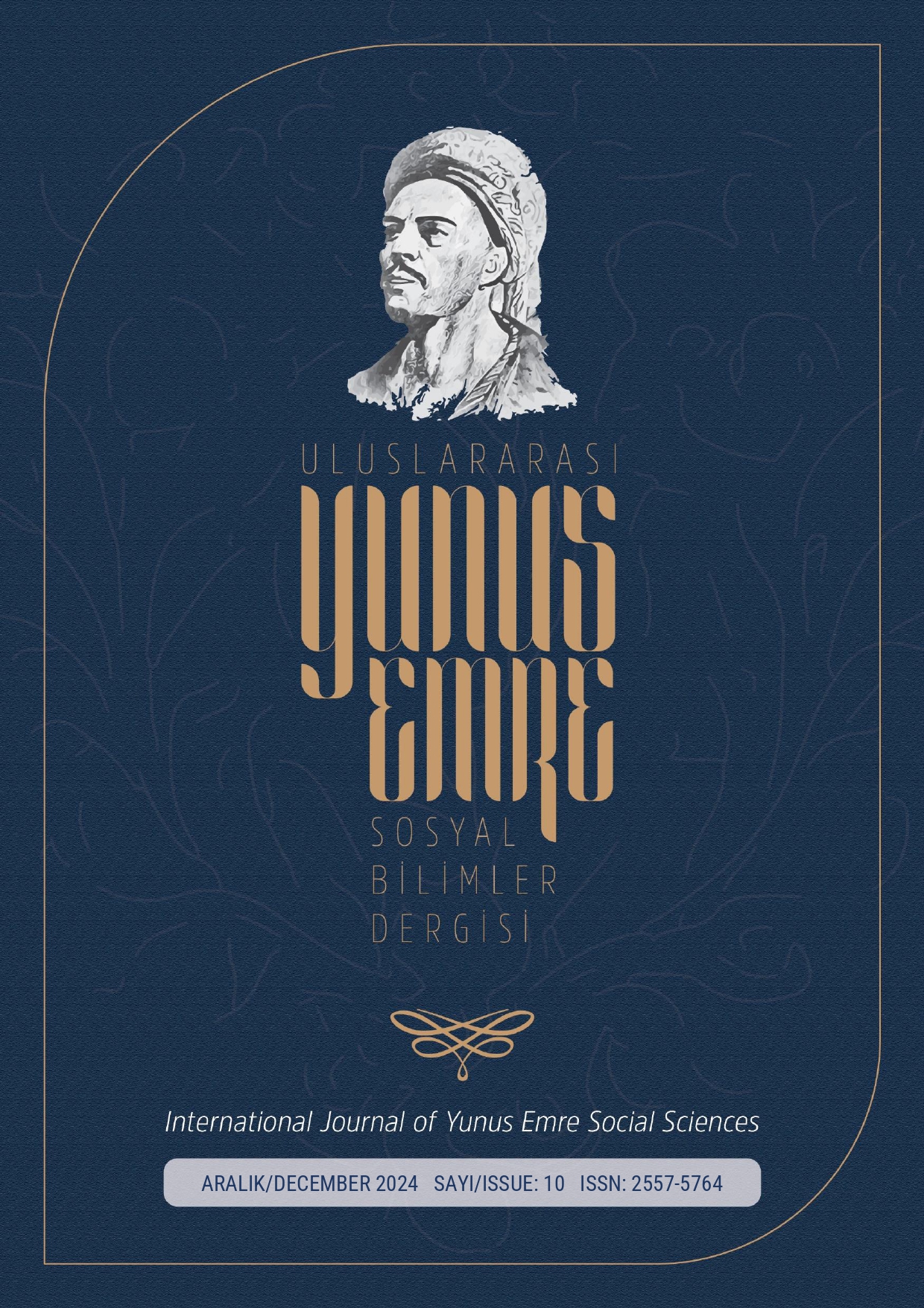Author :
Abstract
Bu çalışma Osmanlı Devleti’nde vakıf müesseselerinin çalışma düzeni hakkında önemli bilgiler içeren hurufat kayıtları esas alınarak hazırlanmıştır. Çalışmanın örneklemini Çıldır eyaletinin Ahıska kazası oluşturmaktadır. Bu defterler kaza isimleri esasa alınarak hazırlanan defter gruplarındandır. Ahıska kazasında kadıya bağlı olarak görev yapan hukuki ve iktisadi kuruluşların işleyiş düzeni ile burada görevli personelin kimlikleri, atanma esasları, maaş ve özlük hususları ilişkin bilgiler 15 defter üzerinden değerlendirilmiştir. Bu defterler 1690 ile 1818 yılları arasında tarihlenmiştir.
Hurufat defterlerini merkezine alan çalışmalar Osmanlı kent tarihi yazımı için oldukça önemlidir. Bir kentin ekonomik ve kültürel dokusunun izleri vakıf kayıtları üzerinden takip edilmektedir. Hurufat kayıtları esas olarak herhangi bir vakfa bağlı faaliyet gösteren dini, ilmi, ekonomik ve hukuki kuruluşların ve buralarda çalışan görevlilerin etkileşim halinde olduğunu göstermektedir. Buna ek olarak tüm şehir sakinlerinin toplumsal ve gündelik yaşamına dair bilgiler mekân ve insan ilişkileri bağlamında değerlendirilebilir.
Hem yönetim hem de yargı alanı rolü üstlenen kaza dairelerinden birisi olan Ahıska’nın bulunduğu coğrafi konum nedeniyle merkezden uzak bir hudut bölgesinde olması nedeniyle kadılık mansıbını alan kişilerin daha düşük yevmiye elde ettikleri de bilinmektedir. Ayrıca incelenen dönemde görev yapan kadıların ortalama bir yıl içinde vazifelerini tamamladıkları görülmüştür. Bu durum ilmiyye silkindeki mülazemet/aday çokluğuna işaret etmektedir.
Keywords
Abstract
This study was prepared based on the typeface records that contain important information about the working order of foundation institutions in the Ottoman Empire. The sample of the study is the Akhaltsikhe district of Çıldır province. These books are among the book groups prepared based on the names of the districts. The working order of the legal and economic institutions working under the judge in Akhaltsikhe district and the identities, appointment principles, salaries and personnel issues of the personnel working there were evaluated through 15 books. These books are dated between 1690 and 1818.
Studies focusing on typeface books are very important for writing Ottoman urban history. The traces of the economic and cultural texture of a city are followed through foundation records. Typeface records essentially show that religious, scientific, economic and legal institutions operating under any foundation and the employees working in these institutions interacted.
In addition, information about the social and daily life of all city dwellers can be evaluated in the context of space and human relations. It is also known that people who received the position of judge received lower daily wages due to the geographical location of Akhaltsikhe, one of the district offices that assumed both administrative and judicial roles, in a border region far from the center. In addition, it was observed that the judges who served in the examined period completed their duties within an average of one year. This situation points to the multitude of mulazemet/candidates in the ilmiyye silk.





